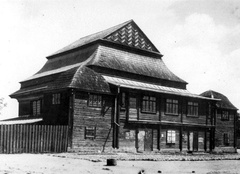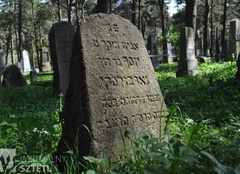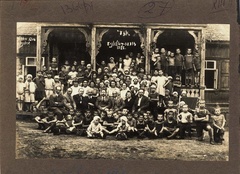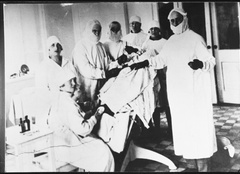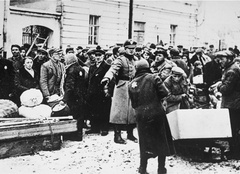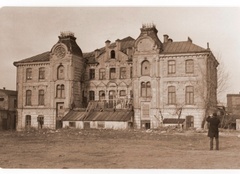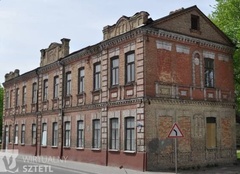Grodno
Pronounced “GROHD-no” (Russian: Гродно / Grodno, Belarussian: Гродна / Hrodna, Lithuanian: Gardinas, Yiddish: הורדנה / Horodno, Hebrew: הורדנא)
The first known Jewish community of Grodno settled in the town in the 1100s CE. In the 1300s the community established a synagogue and Jewish cemetery. Over the next few centuries Jewish merchants prospered, but faced period outbreaks of antisemitic discrimination and violence. For example, until 1662 Jews were not permitted to own shops in the market because the square faced the town church and many feared Jews would ridicule Christian worship. In the summer of 1666 Jews were attacked during a violent pogrom.
Nonetheless, throughout the 1600s and 1700s the Jewish community of Grodno achieved a position as one of the wealthiest and most influential in the region. The first stone synagogue in the city was built by 1600 and in 1788 the royal printer in Grodno printed the first Hebrew book in Lithuania.
In 1795 Grodno became part of the Russian Empire. By 1816 roughly 85 percent of the city’s residents were Jewish, numbering more than 8,400 in a city of nearly 10,000. The Jewish community even had its own coat of arms. However, in later decades the Jewish community faced emigration and declining income. Many residents moved away for the economic opportunities available in the nearby industrial city of Białystok.
After World War I (1914-1918) Grodno became part of the newly independent country of Poland. By the 1920s the Jewish community of 25,000 to 30,000 people included two synagogues and 40 prayer houses. Community life organized around charitable and cultural organizations such as the Yiddishe Kunst art union, which included a library and theater.
Survivor Linda Penn was born in 1927 in Grodno, where her family owned a dry cleaning business. She remembered that her family kept kosher and spoke Yiddish at home, although she attended a Polish public school. Penn recalled that “antisemitism was not unusual before the war” and escalated after the Nazi Party came to power in Germany in 1933. Jewish stores were vandalized and two Jews were killed in a 1935 pogrom. Penn remembered rocks being thrown at Jews in the market square.
On September 17, 1939, the Soviet Union invaded the eastern part of Poland. In Grodno all Jewish property was nationalized and Jewish organizations and schools were banned. Survivor Sam Zaczepinski was born in Grodno in June 1940, an area where his family had been “well established” for generations. One year later, on June 23, 1941, the German army invaded the city. Zaczepinski recounted how his family’s house was “bombed on the second day” of the Nazi occupation.
Soon Jews were forbidden from walking on the sidewalk or going to the market square. Penn recalled how “you had to put on the yellow Star [of David] and they started to strip you of everything.” In November 1941 approximately 25,000 Jews were forced into one of two ghettos in the city. Penn remembered “three or four families in one apartment.”
Deportations to the killing centers at Treblinka and Auschwitz-Birkenau began at the end of 1942. Sam Zaczepinski and his family were saved by a German soldier. Linda Penn and her family were not as fortunate. They were deported to Treblinka, where Penn’s father and brother were killed upon arrival. The final liquidation of the city’s remaining Jewish population took place in March 1943. Of a prewar Jewish population of more than 20,000, only about 250 remained in Grodno after the war.
Grodno: Photographs & Artifacts
-
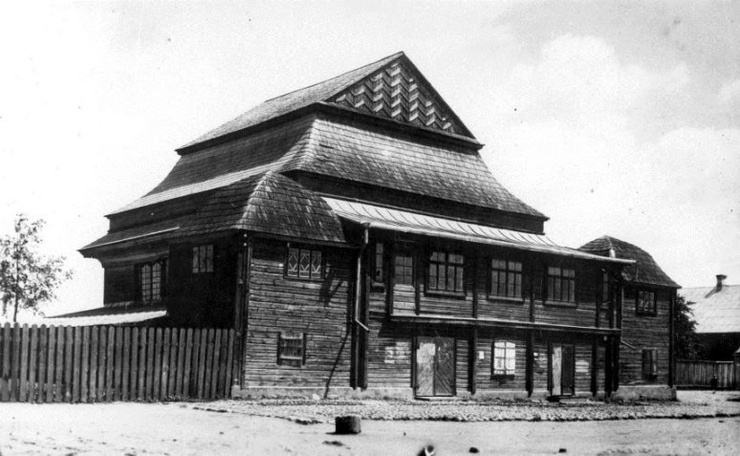 The wooden synagogue that was burned down in 1947. Credit: Yad Vashem
The wooden synagogue that was burned down in 1947. Credit: Yad Vashem -
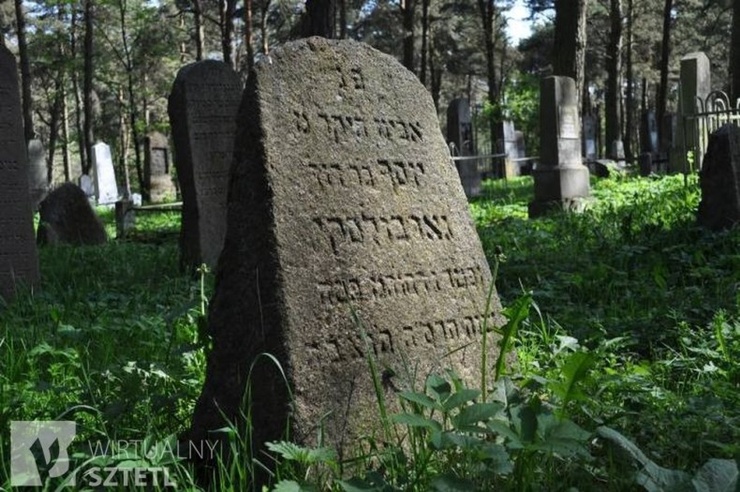 The Jewish cemetery in Grodno, May 2011. Credit: sztetl.org.pl/Krzysztof Bielawski
The Jewish cemetery in Grodno, May 2011. Credit: sztetl.org.pl/Krzysztof Bielawski -
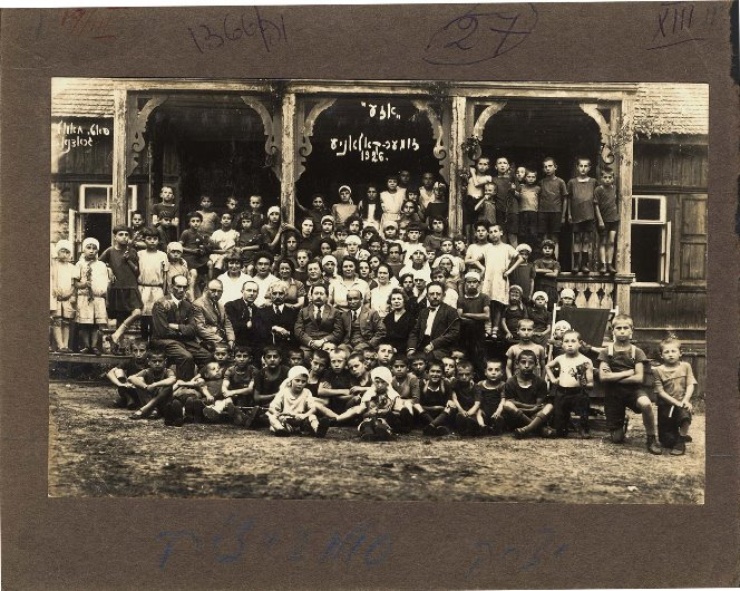 A group photograph of children and teachers, apparently at an OSE (Society for the Protection of the Health of the Jewish Population) summer camp, 1926. Credit: Yad Vashem
A group photograph of children and teachers, apparently at an OSE (Society for the Protection of the Health of the Jewish Population) summer camp, 1926. Credit: Yad Vashem -
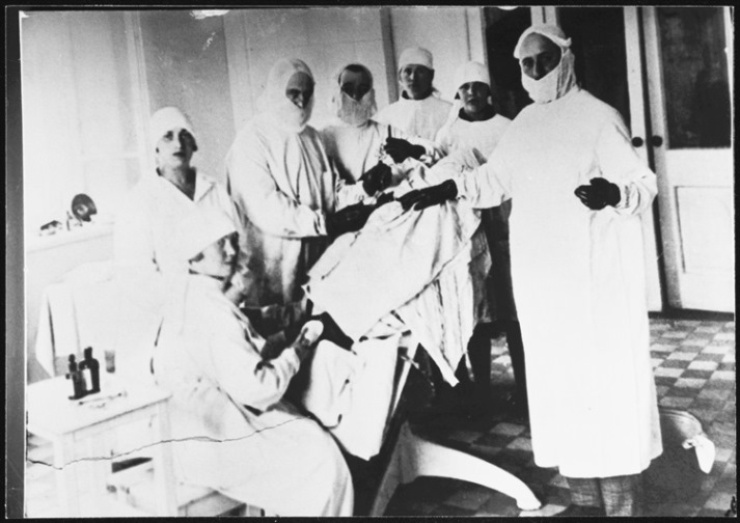 Jewish surgeon during an operation in Grodno, 1934. Credit: United States Holocaust Memorial Museum, courtesy of Alexandre and Rita Blumstein
Jewish surgeon during an operation in Grodno, 1934. Credit: United States Holocaust Memorial Museum, courtesy of Alexandre and Rita Blumstein -
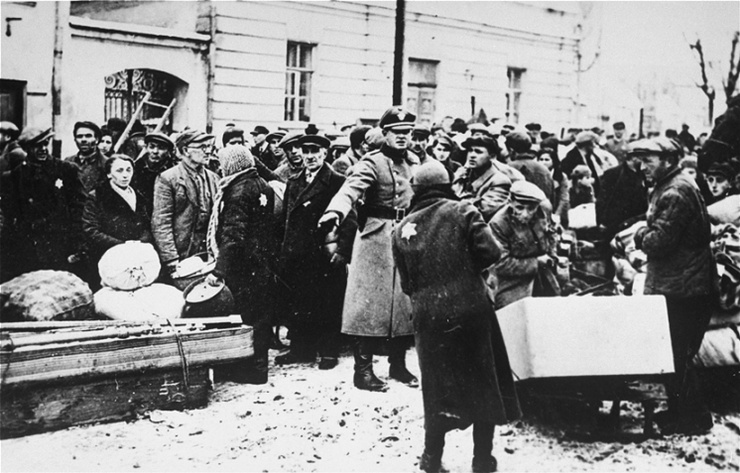 Jews move their belongings into the Grodno ghetto, ca. 1941-1942. Credit: United States Holocaust Memorial Museum, courtesy of Instytut Pamieci Narodowej
Jews move their belongings into the Grodno ghetto, ca. 1941-1942. Credit: United States Holocaust Memorial Museum, courtesy of Instytut Pamieci Narodowej -
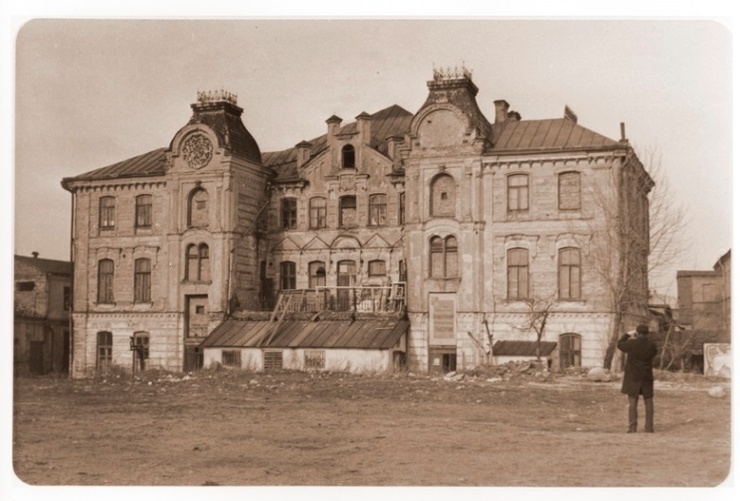 Exterior of the Grodno synagogue, 1972. Credit: United States Holocaust Memorial Museum, courtesy of Jack Kagan
Exterior of the Grodno synagogue, 1972. Credit: United States Holocaust Memorial Museum, courtesy of Jack Kagan -
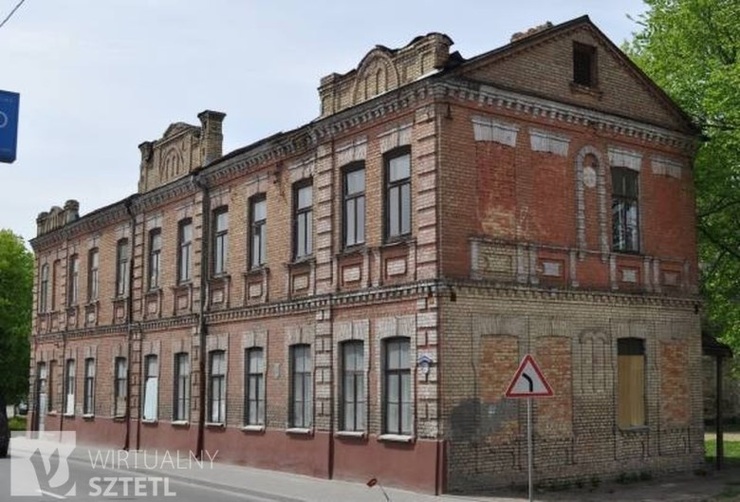 The building of the former yeshiva (school for the study of religious texts) in Grodno, May 2011. Credit: sztetl.org.pl/Krzysztof Bielawski
The building of the former yeshiva (school for the study of religious texts) in Grodno, May 2011. Credit: sztetl.org.pl/Krzysztof Bielawski
Destroyed Communities Memorial Slope
Grodno: Survivors
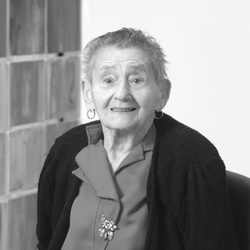
Every day they came and took away the sick ones. But they left my daughter. I took care of her and hid her when they came. Another child was sick, and I treated her like my own daughter.
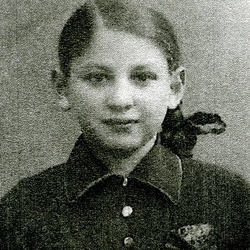
My brother’s name was Yoski and my father’s name was Chaim and as soon as we stepped down, they went to the left and I and my mother went to the right. That was the last time we saw them. Everything was going very, very quickly and orderly. It was everything just perfect. They didn’t give you time to think that they are going away from you and that you are never going to see them again.
The only thing I remember from that time, from hiding in the woods, is we were there from the middle of 1943 to the end of 1944, eighteen months.
